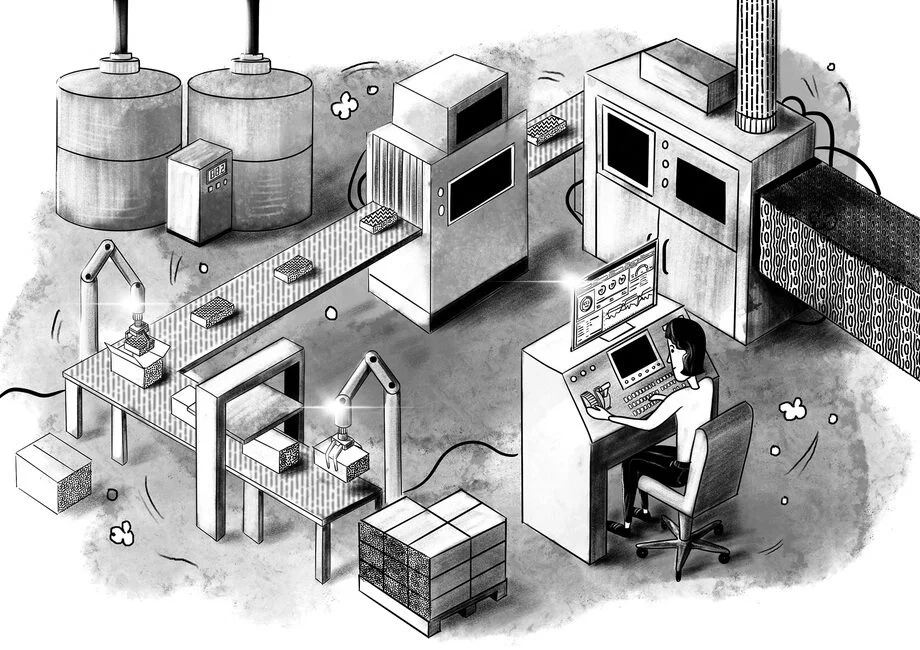Enter the revolutionary era of industrial transformation where the real world intersects with digital reality to benefit efficiency and innovation. At the heart of this evolution are two key players: ERP (Enterprise Resource Planning) and IoT (Internet of Things) technologies. This synergistic alliance not only brings a new dimension to industrial processes but also opens the door to numerous possibilities for evaluating and optimizing production.
Advertisement IoT technology, a network of smart sensors, is key to connecting the real manufacturing environment with the digital sphere. These sensors monitor every detail, recording temperatures, pressures, movements, and many other parameters, thereby creating an extensive database of operational data. This raw data is then transferred to the ERP system, which serves as a central point where all information converges.
This system becomes not only a central data repository but also the brain of operations. Business Intelligence (BI) in the ERP system takes the initiative in analyzing these data and transforms them into comprehensible information. This means that every sensor signal or piece of data is thoroughly evaluated, visualized, and used to optimize operational processes. Or at least it can be, as not every ERP system is capable of this and not every system is ready for the challenges of the industrial revolution. However, the K2 ERP system is prepared for the era of digitalization and automation.
One of the most effective tools in the area of production evaluation is OEE (Overall Equipment Effectiveness), a performance indicator for machines that provides an overall view of equipment efficiency. Thanks to sensors and integration into the ERP system, you can not only monitor machine performance in real-time but also identify opportunities for improvement and minimize losses. However, it should be noted that the most important player in this area is the human. They must set certain boundaries for the evaluative part so that the final calculation of OEE indicators – including performance, quality, and availability – is unbiased and, most importantly, that the evaluation is sustainable in the long term. The person, typically responsible for manufacturing processes, should also be responsible for the precise definition of the calculation that will then serve as a primary basis for managing process changes.
Returning to automation/digitalization, another possibility that the ERP system opens up is monitoring and planning maintenance. Data from sensors can significantly benefit the introduction of so-called predictive maintenance, meaning that you can intervene in the system before an unpleasant event such as a breakdown and the resulting machine downtime occurs. This not only minimizes outages and repairs but also reduces the overall costs of machine maintenance and product manufacturing.
Thanks to the synergy of ERP and IoT, including the human role, an optimal manufacturing environment is created where every data point has its significance and outcome and contributes to the overall efficiency of production. This integration allows companies to gain a comprehensive view of manufacturing operations, identify areas for improvement, and bring innovations for growth and competitiveness.


